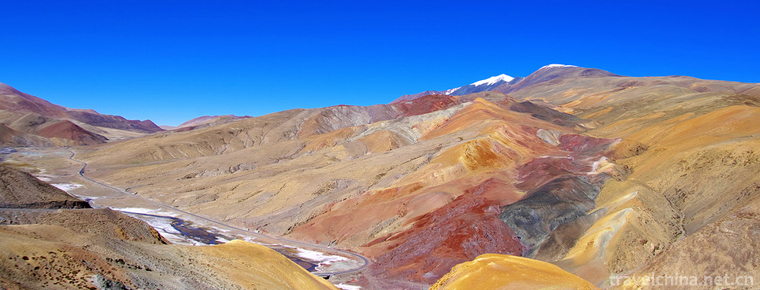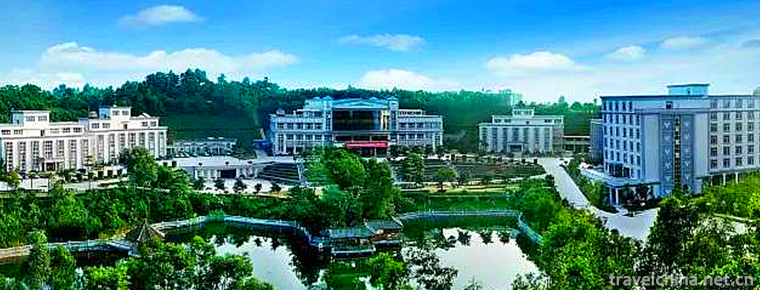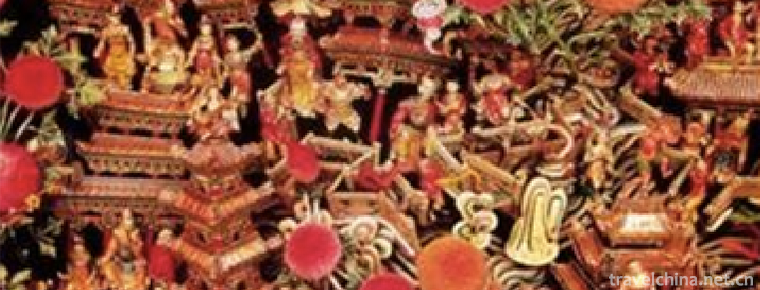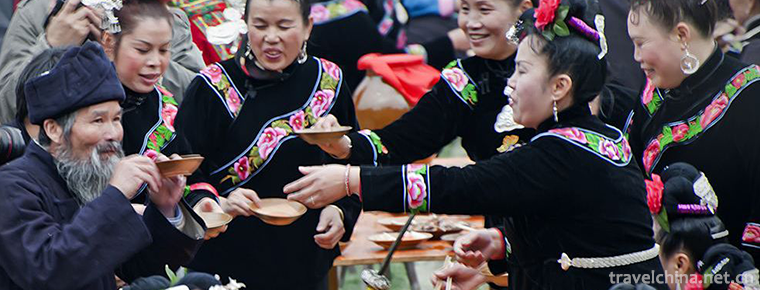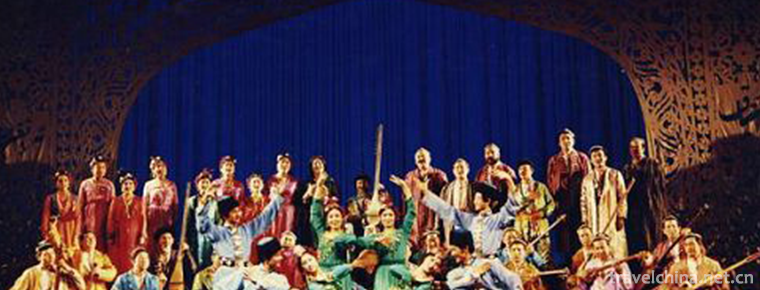Linking Luhe boxing
Linking Luhe boxing
Xinyi Liuhe Quan, also known as Xinyi Quan and Liuhe Quan, is one of the most famous excellent types of boxing in China, which combines fighting, fitness, self-defense and health preservation. It is one of the traditional Chinese boxing, an important part of Chinese martial arts culture and Oriental mysterious culture. From mind to business, and from mind to boxing.
According to legend, Xinyiquan was created by Jijike of Shanxi Province in the late Ming and early Qing Dynasties, and later by Ma Xueli of Henan Province, which has been passed down to the present day. In 2007, it was listed in the first batch of provincial intangible cultural heritage.
On June 7, 2008, Xinyi Liuhe Quan was listed in the second batch of national intangible cultural heritage list with the approval of the State Council.
brief introduction
Xinyi Liuhequan is also known as the technique of guarding holes and dust. As the name implies, this boxing is also called Xinyiquan because it is from mind business and from mind to mind.
Xinyiquan is legendary created by Ji Jike, a martial artist in the late Ming and early Qing Dynasties. Since the foreigners came to the Central Plains, there was a strong anti-Qing thought at that time. Later, after arriving at the Shaolin Temple in Henan Province, they stayed there to teach because of their excellent martial arts. During their stay, they studied deeply the Five Elements Quan which was prevalent in Shaolin in the Ming Dynasty. Then one day, when the two chickens were fighting, they realized their reason and created a six-in-one relationship. Later, Xinyi Liuhequan has been a major branch of Henan Xinyi Liuhequan for hundreds of years since it was passed down from Luoyang personage Ma Xueli.
When practicing mind boxing, there are requirements of "outside three-in-one" and "inside three-in-one". The so-called "three-in-one" refers to "shoulder and crotch, elbow and knee, hand and foot", that is, all parts of the body should cooperate with each other in the exercise of boxing; while the "three-in-one" refers to "mind and agreement, will and Qi, Qi and strength", that is to say, it is the combination of inner mood and punch, strength and so on, that the power can be exerted. The exercise route of Xinyiquan is mainly straight forward and backward, and the footwork is steady and solid. The ten shapes of Xinyiquan imitate the actions of dragon, tiger, horse, monkey, chicken, kite, swallow, snake, bear and eagle in attacking, crossing, hunting and dodging. They have obvious offensive and defensive consciousness. Each shape has its own unique meaning. In terms of recruiting style, they are mostly single-form, while the routine only has four beats and one set, and there are also two and a half created by later generations, and so on. PS: Six-in-one also refers to the combination of chicken leg, eagle-catching, dragon body, bear's arm, tiger's embracing head and thunder.
Zhoukou Xinyi Liuhe Quan has developed rapidly, spreading not only to Beijing, Shanghai, Anhui, Hubei, Hong Kong, Taiwan and other places, but also to the United States, Australia, Canada, South Korea, New Zealand and other countries and regions


Linking Luhe boxing
-
Jingming Hot Spring Resort
Jingming Hot Spring Resort is the largest resort in China. It is located in Jingxi Garden Town, Jiexi County, Jieyang City, Guangdong Province. It is built by Shenzhen Anyuan Investment Group Co., Ltd
Views: 359 Time 2018-12-22 -
Jinhu Yang National Forest Park
Zepujin Lake Yang National Forest Park is located 40 kilometers southwest of Zepu County in the Gobi Depth, located in the upper edge of the Yerqiang River alluvial fan
Views: 320 Time 2019-01-23 -
Stone Old Man Sightseeing Park
Shilao Sightseeing Park is located in Qingdao City to Laoshan Scenic Area, east of the fishing banquet in the Tang Dynasty, with an area of 1200 mu. Starting at the end of 1999
Views: 235 Time 2019-02-08 -
Abakh Hoja Tomb
Xiangfei Tomb is located in Haohan Village, 5 km east suburb of Kashgar City. It is a key cultural relic protection unit in the autonomous region. This is a typical Islamic complex of ancient building
Views: 171 Time 2019-02-25 -
Sweat green
"Khan Qing Gele" is a heroic epic of the Mongolian people in Haixi. In the form of rap and speech, it tells the story of the Mongolian heroes destroying demons and saving the people, flashin
Views: 243 Time 2019-05-02 -
Miao New Year
Miao year, the first year of the Miao calendar, is the most solemn traditional festival of the Miao people. The time spent in different areas varies from September to the first month of the lunar cale
Views: 107 Time 2019-06-05 -
Uygur Daolang Maxi Refu
Maigaiti County is located in the southwest of Xinjiang Uygur Autonomous Region. It is a typical Uygur inhabited area. About 89% of the population is Daolang Uygur who can sing and dance well. Among t
Views: 165 Time 2019-06-26 -
Tianshi cave
Tianshi cave, also known as Chang Taoist temple, is the most important Taoist temple in Qingcheng Mountain. In 1983, it was designated as the national key Taoist temple by the State Council. In addition, there are four palaces in Qingcheng Mountain: Jianfu palace, Yuanming palace, Yuqing palace and Shangqing palace.
Views: 358 Time 2020-11-08 -
Topography and geomorphology of Suining
Suining is a hilly and low mountain area in the central part of Sichuan Basin, with simple geological structure and gentle fold. The landform type is single, belonging to the Mesozoic Jurassic strata, which is eroded, cut and accumulated by flowing water
Views: 133 Time 2020-12-16 -
Leshan secondary industry
In 2019, the industrial added value of Leshan City is 68.028 billion yuan, an increase of 8.8% over the previous year, accounting for 36.5% of the city's GDP, driving economic growth by 4.0 percentage points and contributing 52.8% to economic growth.
Views: 388 Time 2020-12-17 -
Animal resources in Guangan
There are 14 families, 30 species of mammals, 11 orders, 36 families, 115 species of birds, 19 species of reptiles and 10 species of frogs in Guang'an City. The national first-class protected birds include the Tragopan, which is mainly distributed in the forest area of H
Views: 154 Time 2020-12-19
